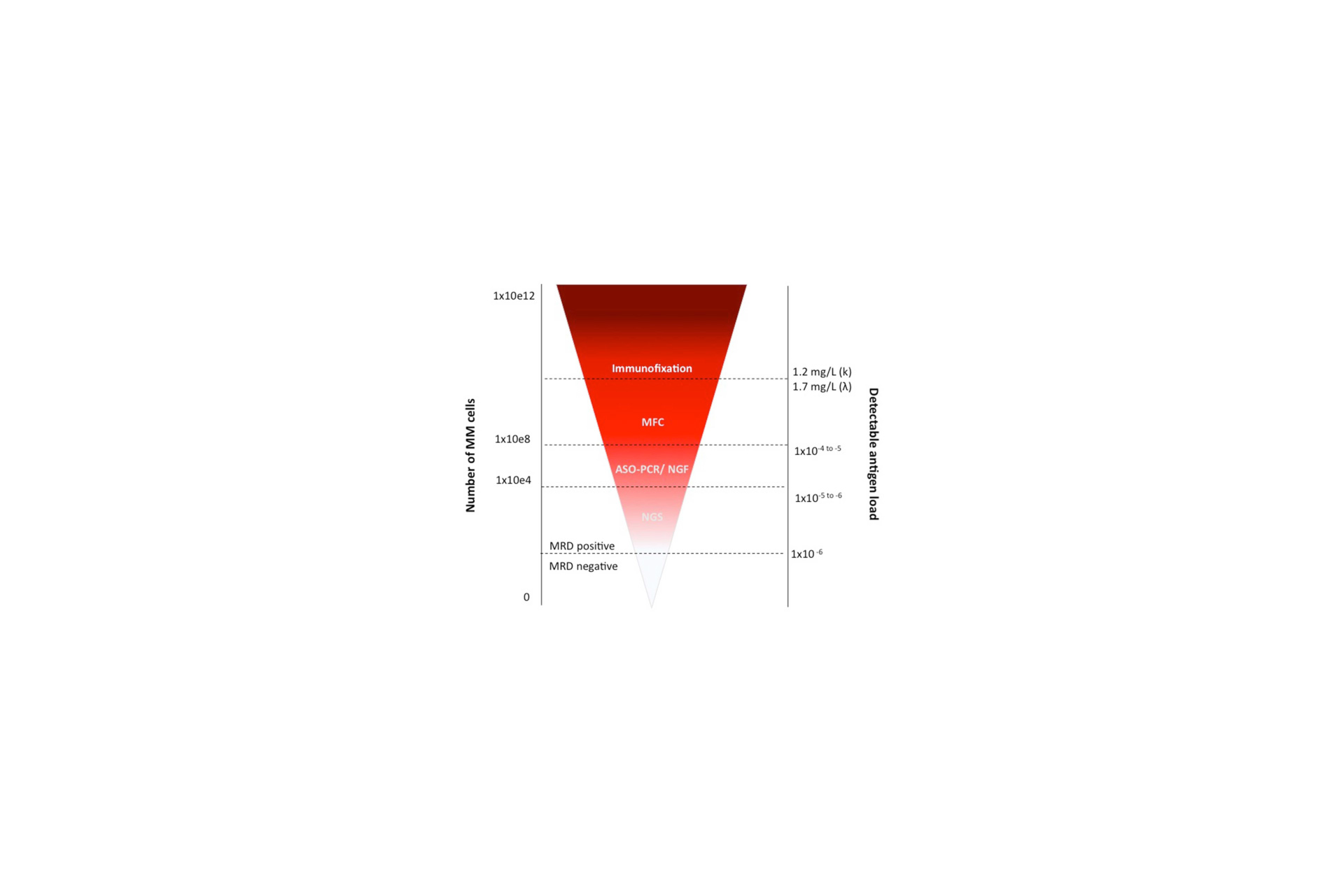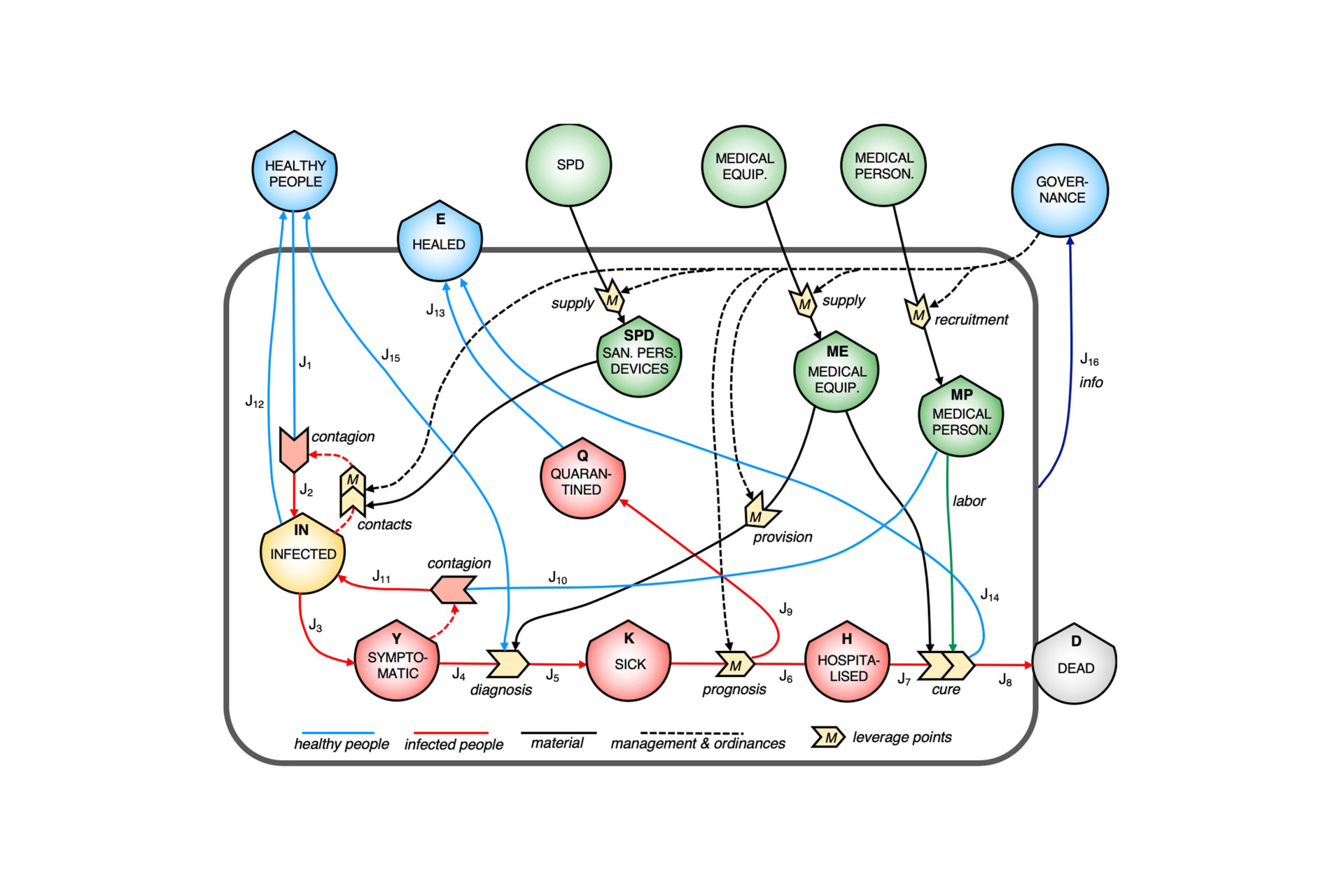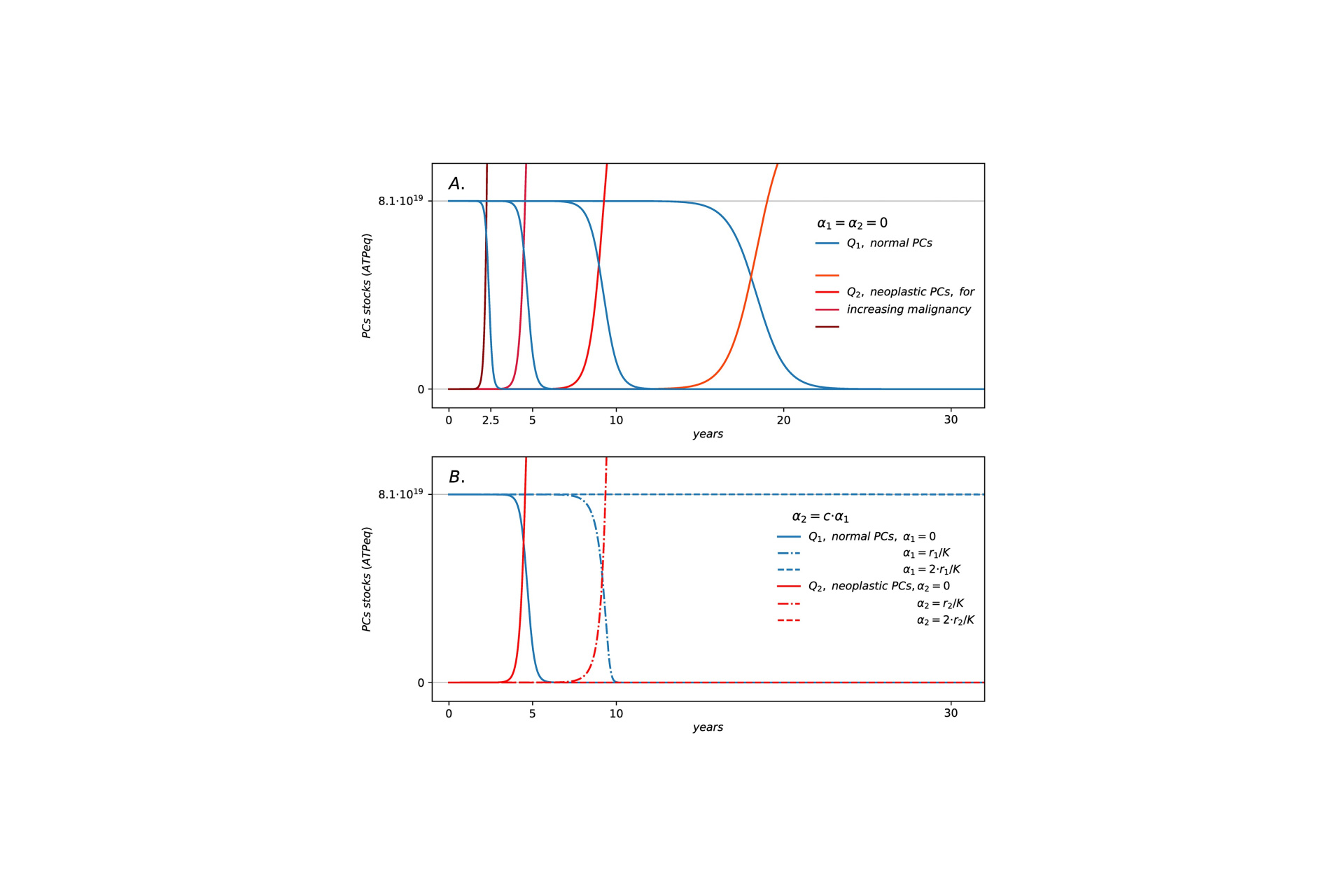Alessandra Romano ¹, Giuseppe Alberto Palumbo ² ,³, Nunziatina Laura Parrinello ², ³, Concetta Conticello ², Marina Martello ⁴ and Carolina Terragna ⁵ *
¹ Department of Surgery and Medical Specialties, University of Catania, Catania, Italy,
² Division of Hematology, Azienda Ospedaliero-Universitaria Policlinico Vittorio Emanuele di Catania, Catania, Italy,
³ Dipartimento di Scienze Mediche, Chirurgiche e Tecnologie avanzate “G.F. Ingrassia,” University of Catania, Catania, Italy,
⁴ Dipartimento di Medicina Specialistica, Diagnostica e Sperimentale (DIMES), Università degli Studi di Bologna, Bologna, Italy,
⁵ Istituto di Ematologia “L.A.Seràgnoli,” Azienda Ospedaliera Sant’Orsola-Malpighi, Bologna, Italy
There is an increasing clinical interest in the measure and achievement of minimal residual disease (MRD) negativity in the bone marrow of Multiple Myeloma (MM) patients, as defined equally either by Multicolor Flow Cytometry (MFC) or by Next Generation Sequencing (NGS) technologies. At present, modern technologies allow to detect up to one on 104 or on 105 or even on 106 cells, depending on their throughput. MFC approaches, which have been progressively improved up to the so-called Next Generation Flow (NGF), and NGS, which proved clear advantages over ASO-PCR, can detect very low levels of residual disease in the BM. These methods are actually almost superimposable, in terms of MRD detection power, supporting the lack of unanimous preference for either technique on basis of local availability. However, some technical issues are still open: the optimal assay to use to detect either phenotype (e.g., next generation multidimensional flow cytometry, imaging) or genotype aberrations (e.g., ASO-RQ PCR, digital droplet PCR, NGS) and their standardization, the sample source (BM or peripheral blood, PB) and its pre-processing (red-cell lysis vs. Ficoll, fresh vs. frozen samples, requirement of CD138+ cells enrichment). Overall, MRD negativity is considered as the most powerful predictor of favorable long-term outcomes in MM and is likely to represent the major driver of treatment strategies in the near future. In this manuscript, we reviewed the main pitfalls and caveats of MRD detection within bone marrow in MM patients after front-line therapy, highlighting the improving of the currently employed technology and describing alternative methods for MRD testing in MM, such as liquid biopsy.





